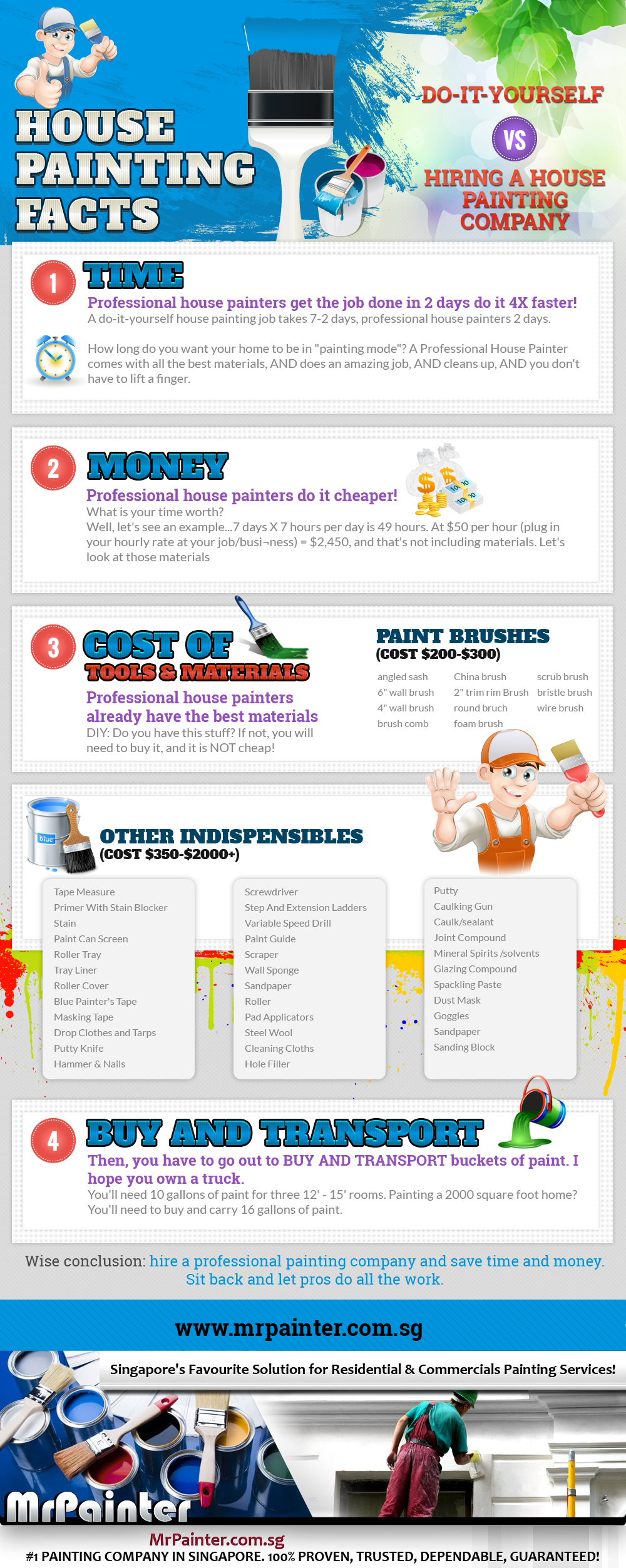Elements To Take Into Consideration For Business Outside Paint By Period: Vital Info You Should Have
Elements To Take Into Consideration For Business Outside Paint By Period: Vital Info You Should Have
Blog Article
Produced By-Carlson Bagger
When you're preparing a commercial exterior paint task, seasonal variables can make or damage your outcomes. You'll intend to think about just how temperature level and humidity effect paint application and drying times. Selecting house painting near me can guarantee your paint sticks effectively and lasts longer. Yet which periods are really the very best for this kind of work? Let's check out the key elements that can affect your job's success.
The Influence of Temperature on Paint Application
When you're intending an industrial outside paint project, the temperature can dramatically impact how well the paint adheres and dries.
Ideally, you intend to repaint when temperatures vary in between 50 ° F and 85 ° F. If it's too chilly, the paint might not treat effectively, causing concerns like peeling off or breaking.
On the other hand, if it's too hot, the paint can dry as well swiftly, protecting against appropriate bond and causing an unequal coating.
You should likewise take into consideration the moment of day; early morning or late afternoon supplies cooler temperature levels, which can be much more favorable.
Constantly check the producer's suggestions for the certain paint you're making use of, as they commonly supply advice on the excellent temperature level array for optimum results.
Humidity and Its Result on Drying Times
Temperature level isn't the only ecological element that affects your industrial exterior paint project; humidity plays a significant duty too. High humidity degrees can slow down drying times considerably, impacting the total quality of your paint job.
When the air is filled with moisture, the paint takes longer to treat, which can result in problems like inadequate bond and a higher danger of mold development. If you're painting on a particularly humid day, be prepared for extensive wait times in between coats.
It's important to keep an eye on regional weather and plan as necessary. Ideally, aim for humidity levels between 40% and 70% for ideal drying out.
Maintaining straight line when painting in mind guarantees your project stays on track and delivers a lasting coating.
Best Seasons for Commercial Exterior Painting Projects
What's the most effective time of year for your industrial outside painting projects?
Spring and early loss are generally your best options. Throughout these periods, temperature levels are light, and moisture degrees are typically lower, producing ideal conditions for paint application and drying.
Prevent summertime's intense heat, which can create paint to completely dry too quickly, bring about bad attachment and finish. Similarly, winter season's cool temperature levels can hinder proper drying out and healing, risking the long life of your paint job.
Go for days with temperatures between 50 ° F and 85 ° F for ideal outcomes. Keep in hop over to this site to check the neighborhood weather prediction for rain, as wet conditions can spoil your task.
Planning around these factors ensures your painting project runs smoothly and lasts much longer.
Conclusion
In conclusion, planning your commercial exterior painting projects around seasonal considerations can make a significant distinction in the end result. By organizing work during the optimal temperature levels and moisture levels, you'll ensure much better bond and drying out times. Bear in mind to watch on local weather prediction and choose the right time of year-- springtime and early loss are your best options. Taking these steps will certainly aid you attain a sturdy and specialist coating that lasts.
